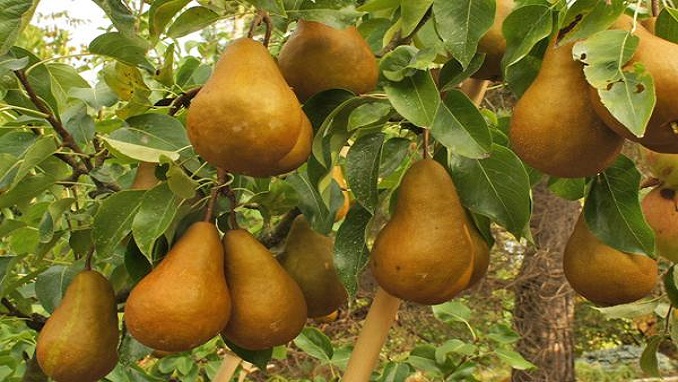The food security situation in 2023 is concerning, with projections indicating it could worsen, particularly with the possibility of an El Niño event in the second half of the year, FAO says.
The war in Ukraine is exacerbating economic instability, while climate-related extremes are driving acute food insecurity and famine risks. In addition, conflicts and sudden shocks, such as earthquakes, are adding to the urgency of the situation.
As of January 2023, six countries have populations projected to be in Catastrophe (Integrated Food Security Phase Classification [IPC]/Cadre Harmonisé [CH] Phase 5), with around 815,000 people facing an immediate threat of starvation, the majority of whom are in Somalia. It is vital to step up prevention and anticipation efforts to address this alarming food security outlook.
The impact of climate change on agriculture is causing significant challenges for smallholder farmers in low- and lower-middle-income countries. According to data from 2008 to 2018, agriculture accounted for 26 percent of the overall economic impact of natural hazard-induced disasters in these countries. In the case of drought alone, this figure increases to 82 percent.
In 2022, extreme weather events driven by climate change interacted with existing vulnerabilities and shocks, exacerbating the situation for many vulnerable communities. In the Horn of Africa, between 23 and 26 million people were projected to require urgent humanitarian assistance, with acute hunger expected to continue to intensify due to an anticipated sixth consecutive season of drought starting in February 2023.
It is important to note that El Niño events are unpredictable, and while there is a possibility of such an event occurring in the second half of 2023, it is still too early to make definitive predictions about its potential impacts.
However, it is true that El Niño events have been associated with a range of climate extremes, including droughts and floods, that can have significant impacts on agriculture and food security in different regions of the world. Climate models and monitoring systems will continue to be closely monitored in the coming months to better understand the likelihood and potential impacts of an El Niño event.



